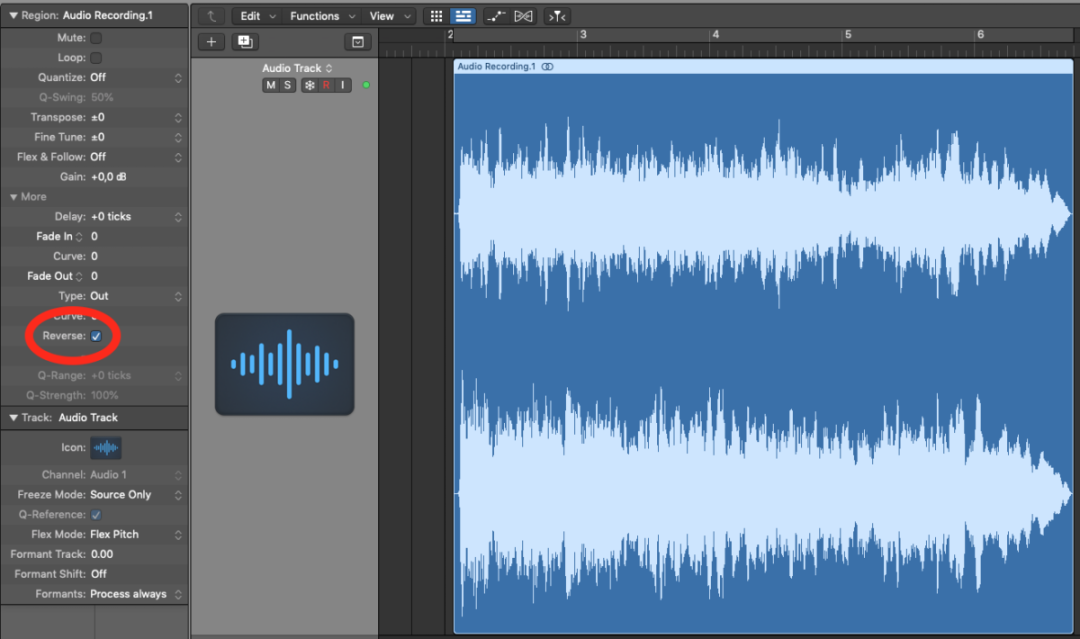How to Reverse Audio: A Step-by-Step Guide
What do you mean by reversing audio?
When you reverse audio, you essentially play the audio file in reverse order. This can create interesting effects and add a unique touch to your music or audio projects. The process involves flipping the audio waveform so that it plays backwards instead of forwards.
How can you reverse audio?

There are several ways to reverse audio, depending on the software you are using. Most modern audio editing software programs, such as Adobe Audition, Audacity, and GarageBand, have built-in tools that allow you to easily reverse audio files. Additionally, there are online tools and apps available that can help you reverse audio quickly and easily.
What is known about reversing audio?
Reversing audio is a common technique used in music production, sound design, and audio editing. It can be used to create eerie or otherworldly effects, add depth to a track, or simply to experiment with different sounds. Many popular songs and soundtracks have used reversed audio to achieve a unique and memorable sound.
Solution for reversing audio

To reverse audio, follow these steps:
1. Open your audio editing software and import the audio file you want to reverse.
2. Select the portion of the audio file you want to reverse, if necessary.
3. Look for the reverse or invert option in the software’s menu or toolbar.
4. Click on the option to reverse the audio file.
5. Play back the audio file to ensure it has been reversed correctly.
6. Save the reversed audio file to your desired format.
Information about reversing audio
When you reverse audio, you may notice that certain sounds and frequencies are altered. For example, vocals may sound more ethereal and atmospheric when played in reverse, while instruments may take on a new and unexpected quality. Experimenting with reversed audio can lead to exciting creative possibilities and help you explore new sonic territories.
Conclusion
Reversing audio is a fun and creative way to experiment with sound. By following the steps outlined in this guide, you can easily reverse audio files and add a unique twist to your music or audio projects. Have fun exploring the possibilities of reversed audio and let your creativity run wild!
FAQs
1. Is it possible to reverse audio without specialized software?
Yes, there are online tools and apps available that can help you reverse audio files without the need for specialized software.
2. Can I reverse only a portion of an audio file?
Yes, most audio editing software programs allow you to select and reverse specific portions of an audio file.
3. Are there any copyright issues to consider when reversing audio?
It is always important to consider copyright laws when working with audio files, especially if you plan to use reversed audio in a commercial project.
4. What are some creative ways to use reversed audio in music production?
Reversed audio can be used to create build-ups, transitions, and atmospheric effects in music production. Experiment with different techniques to see what works best for your project.
5. Can reversing audio affect the quality of the sound?
Reversing audio may alter the sound quality slightly, as certain frequencies and tones can be changed. However, with careful editing and experimentation, you can achieve the desired effect without compromising the overall sound quality.